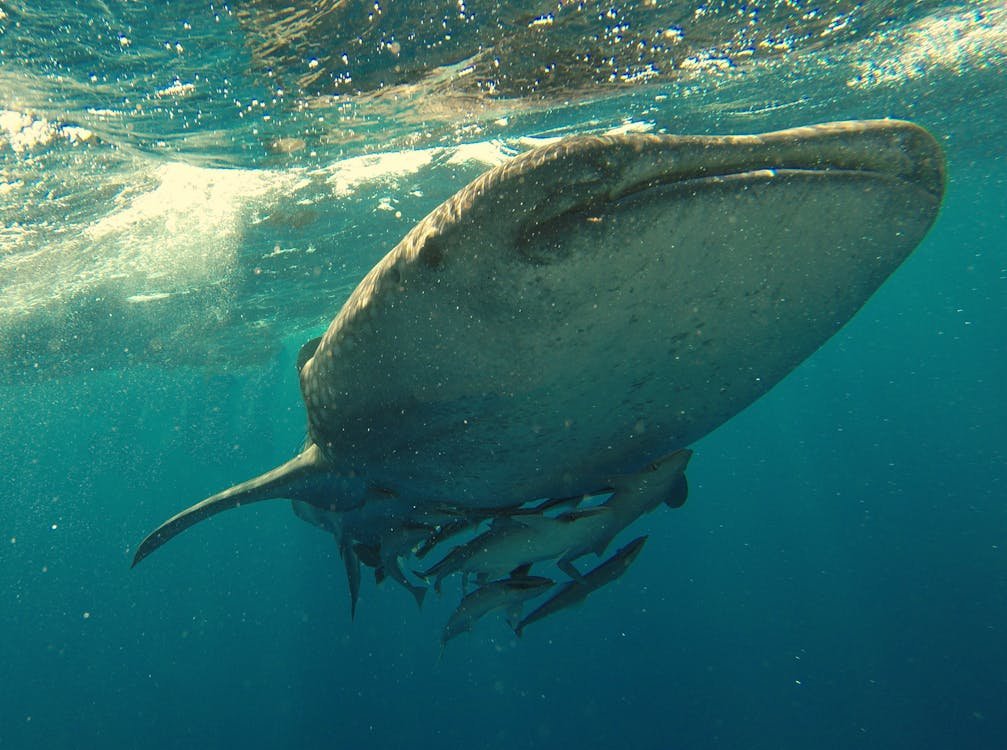Whaling, a practice that dates back thousands of years, was once seen as an essential industry that fueled economies, provided oil for lamps, and contributed to the creation of various products, from candles to corsets. However, the dark side of this industry lies in its devastating impact on whale populations, pushing many species to the brink of extinction. Today, after centuries of exploitation, the world is beginning to grapple with the legacy of whaling and the importance of protecting these majestic creatures.
Early Beginnings of Whaling
Whaling likely began in prehistoric times, with coastal communities harvesting stranded whales or pursuing them in small boats. Early whalers relied on the meat and blubber of these animals for survival, using bones and baleen for tools and building materials. In ancient civilizations, whales were revered, symbolizing strength, power, and bounty.
However, it wasn’t until the 16th and 17th centuries that commercial whaling began to take off. European countries like the Netherlands, England, and Spain were among the first to establish whaling fleets that ventured into the cold waters of the Arctic, where whales were abundant. They primarily hunted the bowhead whale for its valuable oil and baleen, which was used in products like women’s corsets and buggy whips.
The Golden Age of Whaling
The 18th and 19th centuries marked the height of commercial whaling, particularly for nations like the United States and Britain. During this period, whalers ventured far from home, journeying to the Pacific Ocean and beyond. Whale oil became a crucial commodity, powering lamps and machinery during the Industrial Revolution. It was also used for soap, lubricants, and even in the early stages of margarine production.
The most sought-after species during this period were sperm whales, which provided high-quality oil known as spermaceti, and right whales, whose blubber yielded large quantities of oil. Hunting methods evolved, with ships equipped with harpoons and fast chaser boats to track down these massive animals. Unfortunately, this technological advancement only worsened the problem of overexploitation.
The Decline of Whaling and the Whale Crisis
By the early 20th century, many whale species were facing extinction due to overhunting. Whaling fleets had already decimated populations of the northern right whale, bowhead whale, and gray whale. With fewer whales available in the northern hemisphere, whalers began moving into the Southern Ocean, further spreading the impact of their activities.
As steam-powered ships and exploding harpoons were introduced, the efficiency of whaling increased dramatically, but so did the toll on whale populations. By the mid-20th century, the introduction of factory ships made it possible to process whales on the high seas, leading to even greater kills. Species like the blue whale, the largest animal on Earth, were slaughtered in staggering numbers.
The devastating impact of whaling became undeniable. By the 1960s and 1970s, public awareness of the plight of whales began to grow, spurred on by environmental activists, marine biologists, and organizations like Greenpeace. The whale crisis helped fuel the modern environmental movement, as people around the world recognized the need for conservation.
The Road to Protection
The campaign to end commercial whaling gained momentum throughout the 20th century. In 1946, the International Whaling Commission (IWC) was established to regulate whaling and ensure the sustainability of whale populations. However, its early efforts were hampered by the economic interests of whaling nations. It wasn’t until the 1980s that significant progress was made.
In 1982, the IWC adopted a moratorium on commercial whaling, which went into effect in 1986. This marked a turning point in the battle to protect whales, though some countries, including Japan, Norway, and Iceland, continued whaling under the guise of scientific research or under objection to the moratorium.
Conservation efforts have expanded beyond simply ending whaling. Today, marine sanctuaries have been established in areas like the Southern Ocean to provide safe habitats for whales. Conservationists and governments continue to work on international agreements to address issues like bycatch, ship strikes, and ocean noise, all of which pose ongoing threats to whale populations.
Modern-Day Whaling and Future Outlook
Despite the global moratorium, some nations continue to engage in whaling, arguing that it is part of their cultural heritage or for scientific purposes. Japan, for instance, left the IWC in 2019 and resumed commercial whaling in its waters. However, the number of whales killed today is far less than during the height of commercial whaling, and public support for the practice has waned in most parts of the world.
Thanks to international protection efforts, many whale species have shown signs of recovery. Populations of humpback whales and gray whales have rebounded, and blue whales, though still endangered, are slowly increasing in number. The recovery of whale populations is a testament to the resilience of nature when given a chance to heal.
However, the future of whales remains uncertain. Climate change, pollution, and entanglement in fishing gear continue to threaten these animals. In addition, whaling, though much reduced, persists in certain regions. Ongoing vigilance, stronger regulations, and increased public awareness are crucial to ensuring that whales thrive for future generations.
Conclusion
The history of whaling is a sobering reminder of humanity’s capacity for exploitation and destruction. For centuries, whales were hunted to the brink of extinction, driven by human greed and industrialization. But it also offers hope: when people recognize the need for change, they can take action to protect and preserve. As we look toward the future, the story of whaling serves as a lesson in the importance of conservation and the need to safeguard the delicate balance of the oceans.

